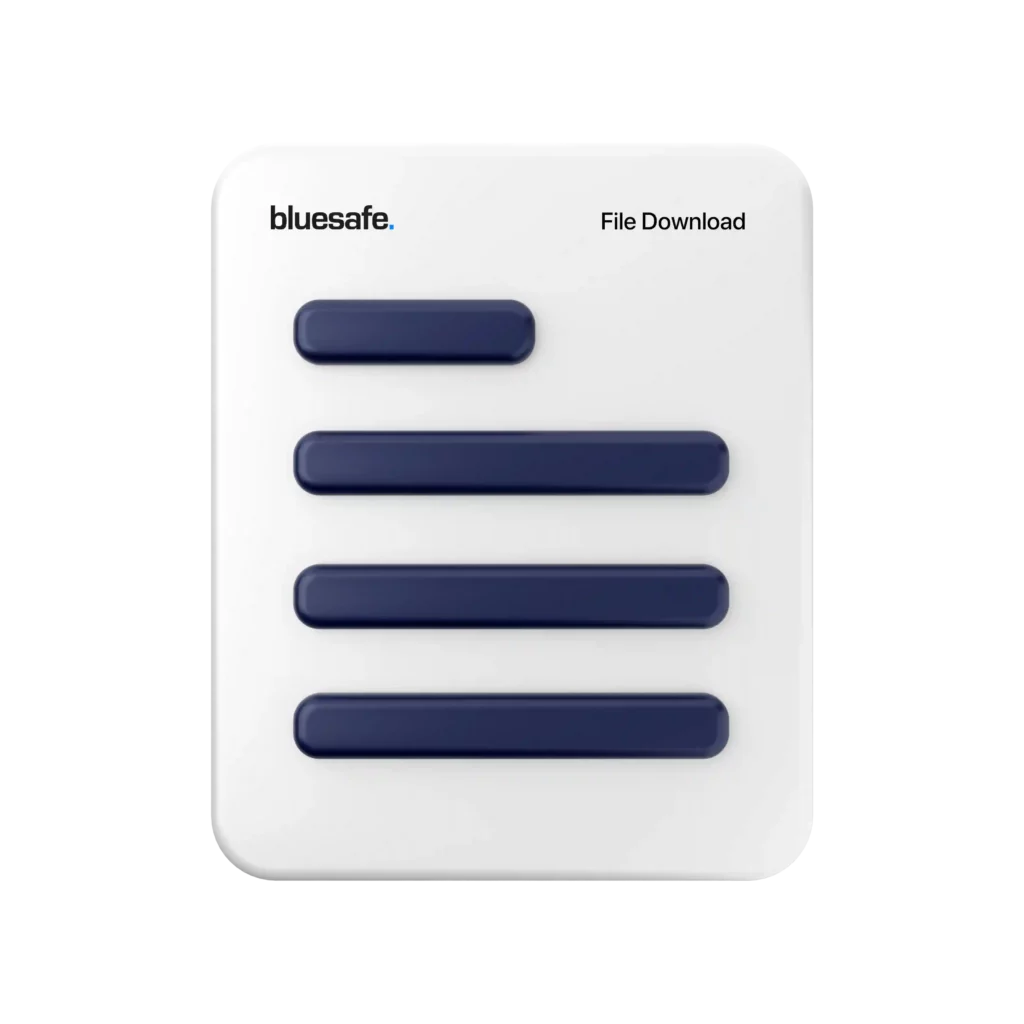So, what is a SWMS? Simply put, it’s a document that outlines the risks associated with a particular task or job and the steps that need to be taken to minimise those risks. It’s a way to ensure that everyone is on the same page when it comes to safety and that the proper precautions are taken to prevent accidents and injuries.
Now, implementing a SWMS in your workplace might seem like a daunting task, but it’s not as difficult as you might think. Here are a few tips to help you get started:
- Identify the risks
The first step in creating a SWMS is identifying the risks associated with a particular task or job. This could include anything from working at heights to operating heavy machinery. Take the time to assess the risks and identify any potential hazards.
- Involve your team
Creating a SWMS is not something you should do alone. Involve your team in the process. They are the ones who will be carrying out the task or job, and they are the ones who know the risks best. Get their input and feedback to ensure that the SWMS is as comprehensive and effective as possible.
- Keep it simple
A SWMS doesn’t have to be a complicated document filled with technical jargon. Keep it simple and easy to understand. Use clear and concise language, and include diagrams or pictures if necessary.
- Provide training
Once you have created the SWMS, it’s essential to provide training to your team. Make sure they understand the risks and the steps that need to be taken to minimise those risks. Provide them with the necessary tools and equipment to do their job safely.
- Review and update regularly
A SWMS is not a one-time document. It should be reviewed and updated regularly to ensure that it remains relevant and effective. As new risks are identified, or new equipment is introduced, make sure the SWMS is updated accordingly.
So, there you have it, folks. Implementing a SWMS in your workplace might seem like a daunting task, but with these tips, you can ensure that everyone is working safely and effectively. Remember, safety should always be a top priority. It’s not just about avoiding accidents and injuries; it’s about ensuring that everyone goes home at the end of the day in the same condition they came in.
In conclusion, creating and implementing a SWMS is a critical step towards ensuring the safety of your workplace. Don’t wait until an accident happens to take action. Start the process today and keep your team safe. Thanks for tuning in, and I’ll catch you on the next one.
Cheers,

![]()







